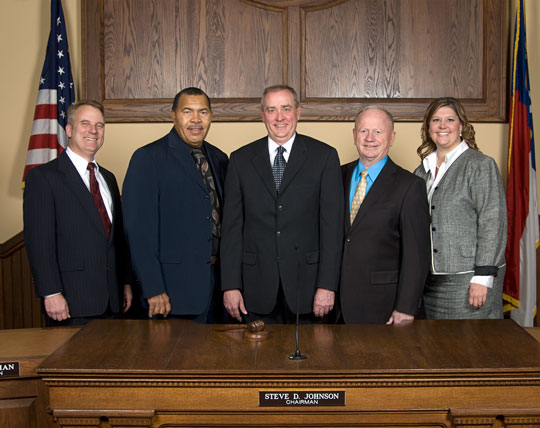Today the Iredell County Commissioners voted unanimously against an extension of the Charlotte commuter line known as the Red Line into Iredell County. Here’s why the commissioners are right in saying no:
1. Funding for the project is sketchy at best.
They planned to use tax-increment financing, which has been disastrous in communities like Roanoke Rapids. The Randy Parton Theatre, a well documented TIF has been a fiasco.
Special assessment districts (SADs) are sad indeed. This other funding proposal gives owners of property near the rail line the option to pay more taxes or fees? Please! They would soon impose additional taxes on those businesses whether they liked it or not. As a practical matter, most local units will allow the assessments to be paid in installments over time (the statute allows up to thirty yearly installments) and will front the costs of the project from other revenue sources. And if the property owner does not pay the special assessment, the county can foreclose on that property.
2. When the TIF or SAD generated revenue is not enough or there are large cost overruns, which there always are – who is going to end up paying? Taxpayers. This is also known as a bailout.
3. North Carolina has the largest state owned road system but only the 9th largest road budget. With one of the highest gas taxes in the country it is unlikely that transportation money in North Carolina is going to increase. Instead of considering to spread those dollars even thinner and in inefficient ways with commuter trains, we need to allocate transportation money to maintenance of current road system. There are lots of recommendations on how to stretch the transportation dollars further and more effectively and efficiently – none include adding commuter trains to North Carolina’s transportation system. More on this here.
4. North Carolina’s road system is one key to economic recovery, attracting and retaining businesses, aka employers. We must ensure that goods and agricultural products can be transported across the state rather than adding commuter trains to the mix.
5. Charlotte has commuter trains. How’s that working out? The Charlotte light rail fills an average of 45 percent of its seats, but counting ample standing room capacity it operates only about one-eight full. Charlotte light rail costs $3.61 per mile and is subsidized by taxpayers $3.49. The cost per trip is $20.86 and is subsidized by the taxpayer $20.14.
6. Rail capital costs do not end after initial construction costs are paid for: rail systems must be completely rebuilt or replaced about every 30 years, and the costs of doing so are a significant fraction of the original construction costs. The failure of agencies to budget for such reconstruction has led to an infrastructure crisis in the transit industry, which currently has a $78 B backlog of deferred maintenance, leading Federal Transit Administrator Peter Rogoff to publicly ask why transit agencies continue to build new rail lines when they can’t afford to maintain the ones they already have.
My colleagues in Greensboro and Charlotte weighed in earlier today with these blog posts:
http://triad.johnlocke.org/blog/?p=14920
http://charlotte.johnlocke.org/blog/?p=16221
Check Carolina Journal tomorrow for more detailed reporting.
And these are the fine commissioners in Iredell County who voted right today:
Kenneth M. Robertson, Jr., Marvin Norman, Stephen D. Johnson, W. Frank Mitchell, Renee C. Griffith



